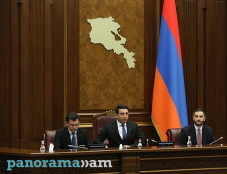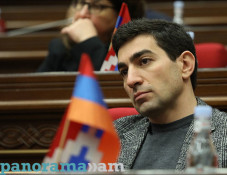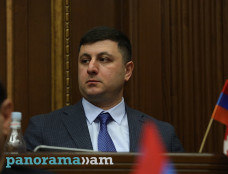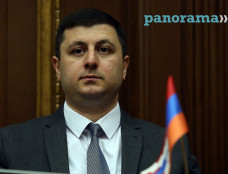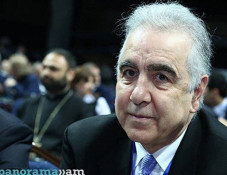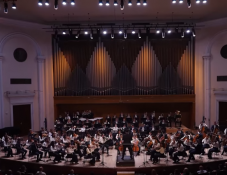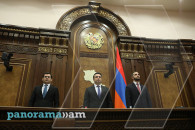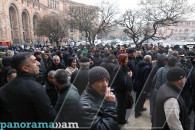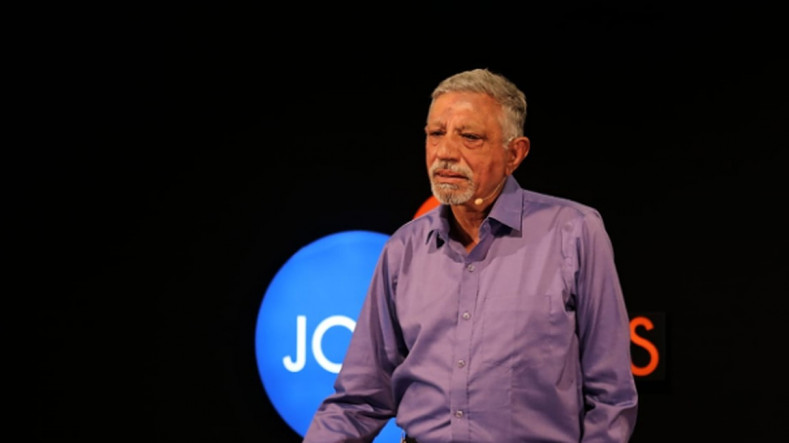
Indian arms supplies to Armenia aimed at multiple targets, expert says
Armenia and Azerbaijan appear to be in a state of armed truce after the latter seized Nagorno-Karabakh and displaced its 100,000+Armenian population in a lightning military operation. Azerbaijan is demanding access to a corridor to the enclave of Nakhichevan, populated by Azeris, which is separated by a huge sliver of Armenian territory. Whether the Azeris will go to war to achieve their goal is not clear but Armenia, "deprived of military and diplomatic support" from Russia, is looking elsewhere, including India and France, Strat News Global reports.
Security expert Major General Harsha Kakar believes that the ongoing war between Armenia and Azerbaijan, with a reduced Russian role, could lead to India’s advantage. “Till now, the main military supplier for Armenia was Russia. But because Russia has become more involved in its own war in Ukraine, it has not been able to meet the requirements. In fact, Russia was supplying to both nations. But then subsequently Pakistan and Turkey stepped in to arm Azerbaijan. Armenia, similarly, has had to slowly look elsewhere, and India was the best choice.”
Kakar points out that there are three specific reasons for Yerevan to look at New Delhi. “The first is that Armenia is reliant on Russian weapons, of which we have the basic structure. For instance, we were importing the Pinaka from Moscow till we decided to upgrade it ourselves. The second is that the world knows our stringent levels of trial. We do not accept a weapons system into service until it has been thoroughly tried out. So nations that want a weapons system from India, which has already been inducted into service, will gain because they will not have to go through the same process themselves. Third, the terrain of fighting is at an altitude of 12,000-13,000 meters, which is ideal for our equipment. This is why the Armenians have evaluated that this is the best option for them.”
India has so far provided four Swathi Weapon Locating Radars (WLRs) developed by the DRDO at a cost of $40 million in 2020. It has also supplied the Pinaka Extended Range multi-barrel rocket launchers along with laser-guided Anti-Tank Guided Missiles (ATGM) and the New Generation Akash (Akash-NG) missile. Expressions of interest are believed to have been made about the BrahMos missile, leading one to wonder whether India’s arming of Armenia will affect its ties with Russia.
Kakar does not believe so. “For the BrahMos missile clearance will anyway have to be taken from Russia given that it is a joint project. The others are Indian weapons systems developed in India for which Russia should have little objection because India is not competing with Russia. Russia has been unable to fulfil its commitments, which is something that Moscow itself is aware of. Also, other members of the CSTO, quite a few of them have already taken Chinese weapons. So, India providing weapons to Armenia will not harm India-Russia relations in the least.”
The arming of Armenia provides many advantages for New Delhi. Given that Armenia is a landlocked country, the moving of Indian arms will have to go via Iran through the Chabahar port, as there is no other way. This not only binds India further with two countries with whom it already has excellent relations – Armenia and Iran – but also sends a message to Azerbaijan. “India has good relations with Azerbaijan, but Baku has supported Pakistan and Turkey on Kashmir. Apart from this, Iran and Armenia are strategically important to us because of the North-South corridor. The West is also on the side of Armenia and we are somewhat catering to that because part of the equipment we offer is with French collaboration here and there. So, there are sound geopolitical reasons for our decision,” says Kakar.
There are also significant gains that India could make in the global arms market. As the war drags on, Kakar believes other countries across the world will be eyeing how India’s military hardware is being used and how effectively.
“Egypt and a few other African countries are already becoming interested in India’s military hardware and they would certainly be looking to see how Armenia has deployed it and its impact in the war. The sturdiness, life cycle, and lesser number of failures per usage will be keenly watched here. A positive impression could help us to compete with already entrenched players like Russia and China in the African market.”
Newsfeed
Videos






